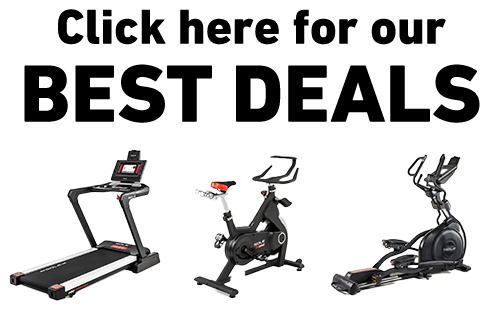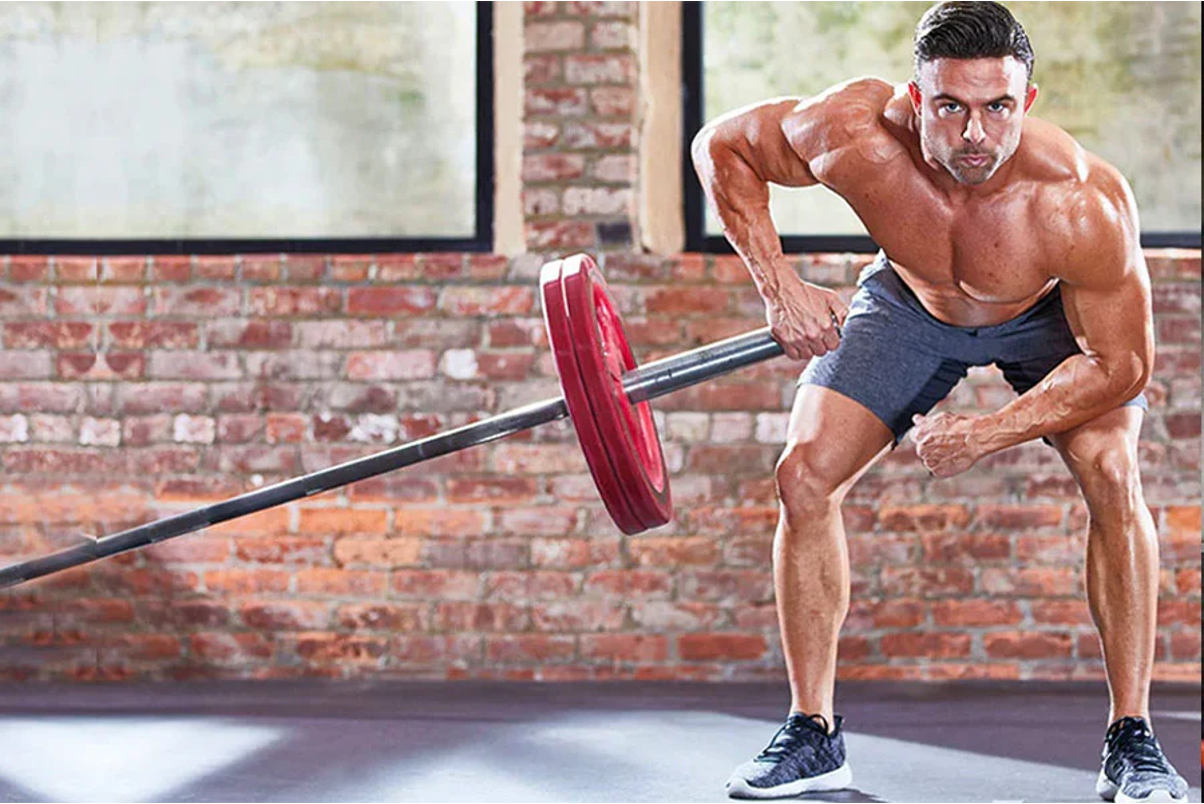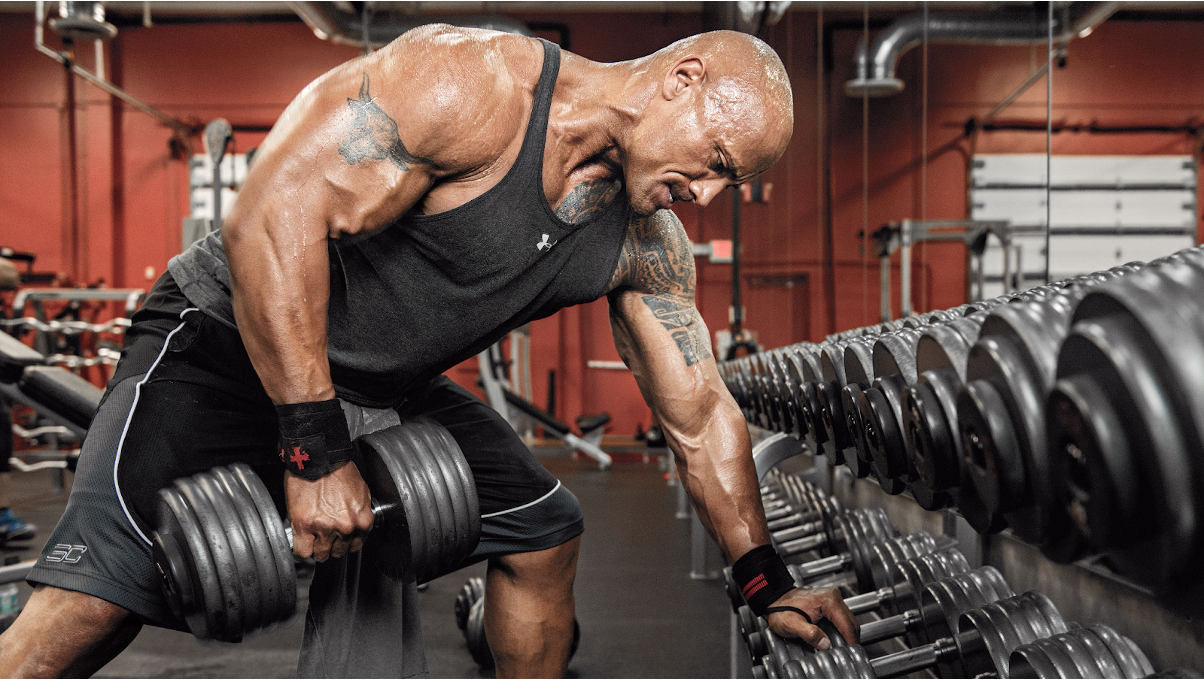Key Takeaways
- The Meadows Row is a powerful unilateral back exercise created by the late bodybuilder John Meadows, targeting the lats, trapezius, and rhomboids while minimizing spinal stress.
- Proper form requires gripping the barbell sleeve (not the bar itself) and maintaining a staggered stance, which allows for greater range of motion than traditional rows.
- While particularly effective for intermediate and advanced lifters, beginners can incorporate lighter variations to develop proper back engagement patterns.
- Unlike many rowing variations, the Meadows Row creates a unique angle of pull that specifically targets the lower lats, which helps develop that coveted V-taper physique.
- SOLE Olympic barbell transforms any corner of your home gym into a Meadows Row station. Its commercial-grade construction handles the unique stresses of landmine training.
What Is a Meadows Row
A Meadows Row is this one-arm back exercise you do with a barbell stuck in a landmine (that metal sleeve on the floor at the gym). John Meadows, the legendary bodybuilder, came up with it because he wanted something that would really blast the back without killing the spine.
Here's what makes it different: instead of grabbing the actual bar, you grab the thick sleeve part where you load the plates. And you stand sideways to the bar in a split stance. It might be weird at first, but once you get it, you'll feel your back work like crazy.
The cool thing is the arc motion you get from the landmine setup. You get this amazing stretch at the bottom and a killer squeeze at the top. Plus your core has to work hard to keep you stable. It's like the perfect mix between a barbell row and a dumbbell row.
|
At SOLE, we're proud to offer top-quality exercise equipment designed for home and gym use. Our machines are built to meet the highest standards of durability and performance, making them ideal for fitness enthusiasts at any level. SOLE Products
|
Back Development Benefits
Meadows Row minimizes spinal loading compared to traditional bent-over rows. (Image courtesy of Muscle and Fitness)
Lat Muscle Growth
The lats are the largest muscles in your back, and the Meadows Row is exceptionally effective at stimulating their growth. The unique grip position on the barbell sleeve creates an optimal pulling angle that fully engages the latissimus dorsi through a complete range of motion.
When you initiate the pull from a fully stretched position, you activate more muscle fibers than with partial-range exercises, which leads to superior muscle development over time.
Upper Back Thickness
While many lifters focus on lat width, true back development requires thickness through the upper and mid-back regions. The Meadows Row excels here by heavily recruiting the rhomboids, mid-trapezius, and rear deltoids throughout the movement. These muscles create that dense, muscular appearance across the upper back that's visible from multiple angles.
The arc of the landmine setup creates a natural motion that encourages shoulder blade retraction and depression, precisely the movements needed to fully develop these upper back muscles. As you pull the weight toward your hip, your scapula naturally retracts, creating intense stimulation through the entire posterior chain. This makes the Meadows Row valuable if you are looking to build that "3D" look to their back development.
Improved Grip Strength
Don't underestimate the grip strengthening benefits of the Meadows Row. The thick barbell sleeve creates a challenge for your forearms and hands that standard bars don't provide. This increased diameter activates more motor units in your forearm flexors and extensors, developing functional grip strength that carries over to deadlifts, pull-ups, and other pulling movements.
The unilateral nature of the exercise also means each arm must work independently, preventing your dominant side from compensating for weaknesses.
Over time, this leads to more balanced development and greater overall grip endurance. Many lifters find their deadlift performance improves significantly after incorporating Meadows Rows, largely due to enhanced grip capability.
Unilateral Strength Balance
One of the most overlooked benefits of the Meadows Row is how effectively it addresses muscular imbalances between sides. Since you work each arm independently, your stronger side can't compensate for your weaker side as it might during bilateral exercises. This forces your non-dominant side to catch up over time, creating more balanced development across your entire back.
Unlike conventional rows where you grip the barbell with both hands, the Meadows Row involves holding the sleeve of the barbell (the thick part where weight plates are loaded) with one hand while using a staggered stance for stability. (Image courtesy of Hevy)
Muscles Targeted
Primary Muscles
- Lats (especially the lower part)
- Middle and lower traps
- Rhomboids
- Rear delts
Secondary Muscles
- Biceps and forearm flexors
- Teres major and minor
- Core (has to work hard to keep you stable)
- Even your legs work to keep you in position, with the quadriceps, hamstrings, and glutes working isometrically
Proper Form Guide
Equipment Setup
To begin, you'll need a barbell and a landmine attachment. If your gym doesn't have a dedicated landmine, you can place one end of the barbell in a corner where two walls meet, ideally with a towel to protect the wall.
Load weight plates on the opposite end of the barbell; start lighter than you think you need until you master the form. Some lifters prefer to add a small amount of weight even when practicing the movement pattern, as completely empty barbells can be awkwardly light and actually make proper form more difficult.
Position yourself so that you're standing perpendicular to the barbell with the loaded end facing your side. The distance between you and the landmine base should allow the bar to reach about mid-thigh height when you're holding it.
If you're using bumper plates, you may want to elevate the bar slightly by placing a small weight plate underneath the first loaded plate to increase the range of motion.
Starting Position
- Take a split stance with the inside foot forward (closest to the landmine) and the outside foot back
- Bend at your hips until your body's at about a 45-degree angle
- Keep your back straight; not rounded, not super arched, just neutral
- Grab the barbell sleeve (the thick part) with your outside hand
- Let your arm hang straight down so you feel a stretch in your lat
- Rest your other arm on your front thigh for support
For form check, your spine should remain in a neutral position throughout the exercise. If you're rounding your back, you're likely bending too far forward or using too much weight. (Image courtesy of The Fitness Maverick)
Execution Steps
- Pull by driving your elbow up and back; "elbow to the ceiling"
- Keep your elbow close to your body as you pull
- Pull until the weight reaches your hip area
- Squeeze your shoulder blade back hard at the top
- Hold that squeeze for a second
- Lower the weight slowly; don't just let it drop
- Let your arm straighten completely at the bottom
- Do all your reps on one side, then switch
Breathing Pattern
- Breathe in as you lower the weight
- Breathe out as you pull up
- For heavy sets, you can take a big breath and hold it for a rep or two, then reset
Common Mistakes to Avoid
Using Too Much Body English
Don't rock back and forth or twist to move the weight. Keep your body still and let your back do the work.
Grabbing the Wrong Part
Make sure you grab the sleeve, not the actual bar. It changes the whole exercise if you grip the wrong spot.
Not Going Full Range
Get that full stretch at the bottom and pull all the way to your hip. Half reps = half results.
Making It an Arm Exercise
This is for your back, not your biceps. Focus on pulling with your back muscles, not just bending your arm.
Bad Spine Position
Keep your back neutral the whole time. No rounding at the bottom or arching too much at the top.
Get Your Meadows Row Setup with SOLE Equipment
SOLE Olympic barbell serves double duty. Use it for traditional lifts and transform any corner into a landmine station for perfect Meadows Rows without specialized attachments.
Want to bring the Meadows Row magic to your home gym? You don't need fancy landmine attachments when you've got SOLE SW111 Olympic Barbell. This beast of a bar is perfect for corner setups. Its 194,000 PSI tensile strength means it won't bend or warp even when loaded heavy and wedged in a corner.
The barbell's balanced construction is crucial for Meadows Rows. When one end is anchored and you're pulling from the other end, any imbalance in the bar becomes super obvious and throws off your groove. SOLE's precision engineering means the bar stays stable throughout your set, letting you focus on crushing your back instead of fighting wobbly equipment.
Here's a pro tip: protect your walls and floors with the SOLE Equipment Mat. Cut a section to place in your corner setup. It'll cushion the barbell end and prevent damage to your walls. The rest of the mat gives you a stable, non-slip surface to plant your feet during the exercise. At 36.5" by 78", you've got plenty of mat to work with.
If you're training at home and want alternatives to the barbell Meadows Row, the SW180 Adjustable Dumbbells let you perform single-arm rows that capture some of the same benefits. While not identical to the landmine version, you can mimic the angle and get similar lat activation with proper positioning.
The SOLE+ App includes video tutorials on proper rowing form and back training programming. Use it to structure your back workouts and ensure balanced development.
Your home gym doesn't need every specialized piece of equipment when you've got quality basics.
Frequently Asked Questions (FAQs)
Can beginners do the Meadows Row?
Yes, beginners can certainly perform the Meadows Row, though some modifications may be helpful. Start with very light weight, even just the empty barbell, to learn the movement pattern before adding load. Focus on feeling the back muscles working rather than moving heavy weight initially. Beginners might find it helpful to perform the exercise with a slightly more upright torso position at first, gradually increasing the forward lean as comfort and confidence with the movement improve.
How heavy should I go with Meadows Rows?
The appropriate weight for Meadows Rows depends on your experience level, goals, and position in your workout. As a general guideline, select a weight that allows you to complete your target repetitions with 1–2 reps in reserve, meaning you could perform 1–2 more reps with good form if absolutely necessary. For muscle building purposes, most lifters find the 8–12 repetition range most effective with Meadows Rows, suggesting weights that challenge you in this zone.
What if I don't have a landmine attachment?
No landmine attachment? No problem. You can create an effective makeshift setup by placing one end of the barbell in a corner where two walls meet. To protect both the walls and your barbell, wrap a towel around the end of the bar before wedging it into the corner. Another option is to place the end of the barbell in the corner of a power rack at floor level, which provides similar stability to a dedicated landmine.
If neither option is available, consider alternatives that create a similar movement pattern. The single-arm dumbbell row with a twist toward your hip at the top position mimics some aspects of the Meadows Row. Similarly, a chest-supported T-bar row with a neutral grip and focus on pulling toward your hip can serve as a temporary substitute.
Should I use straps for Meadows Rows?
Whether to use lifting straps for Meadows Rows depends on your specific goals and grip strength. If back development is your primary focus and grip strength becomes a limiting factor preventing you from effectively working your back muscles, then straps can be beneficial. They allow you to focus completely on back engagement without worrying about losing your grip, especially during higher-rep sets or when using heavier weights.
How does SOLE equipment enhance my Meadows Row training?
SOLE SW111 Olympic Barbell is perfect for home Meadows Rows. The quality construction means it won't bend when you wedge it in a corner, and the balanced weight distribution keeps the bar stable during your sets. The knurling is aggressive enough to maintain grip when the sleeve gets slippery but won't tear your hands up. Pair it with the Equipment Mat to protect your floors and walls during corner setups. Just cut a small section for the corner and use the rest for your standing area. The mat's non-slip surface keeps you planted during heavy sets.
If you want variety, the SW180 Adjustable Dumbbells let you do Meadows-inspired single-arm rows with a similar angle and movement pattern. The quick weight adjustment is clutch for drop sets or when you realize mid-workout that you bit off more than you can chew with the weight selection.







Leave a comment
This site is protected by hCaptcha and the hCaptcha Privacy Policy and Terms of Service apply.